|
The significance of prints as collectable works of art –
or –
Why collect artists’ original prints ?
Woodstock Museum "Why Antiques?" exhibition, in association with
CADA,
the
Cotswolds Art & Antique Dealers’ Association
This mini web exhibition is for those who cannot get to the Museum of Oxfordshire in Woodstock to visit in person the current didactic show there, in which I am participating, by thirteen members of CADA (the Cotswolds Art & Antique Dealers’ Association), entitled “Why Antiques?”
The small group of prints offered here are the examples I have selected to ‘demonstrate’ why collectors might be passionate about prints.
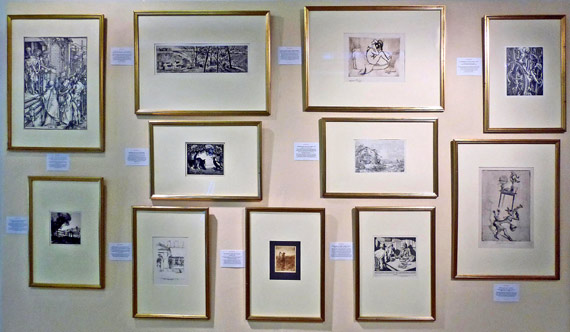
As with paintings and drawings, artists’ prints are of course collected because of an admiration for the artist who produced them, for the appeal of their subject matter and an appreciation of their aesthetic qualities.
Prints also embody other characteristics specific to the medium.
They combine the immediacy of the artist’s autographic touch, with the completeness of a fully worked out ‘perfected’ composition, for changes can be made to the plate or block till the artist is satisfied with the proof impressions and even sometimes in the midst of printing the ‘edition’.
Spanning over five centuries prints offer a wide variety of style, subject and process of production but hang comfortably together and complement each other, whatever their date, for there is a consistency as well as variety in the printmaking techniques and themes chosen by artists.
Some of the greatest painters of the Western world have also been enthusiastic printmakers, including Dürer, Rembrandt, Claude, Canaletto, Goya, several of the French Impressionists and German Expressionists, Picasso and many others. Etching became a passion with British artists and collectors at the beginning of the 20th century. Collecting prints allows access to works by such ‘famous’ artists, in that they are relatively affordable in price and being multiples are relatively available. Though part of a multiple series, each impression is an original work by the artist, who has only made the plate to be able to print from it.
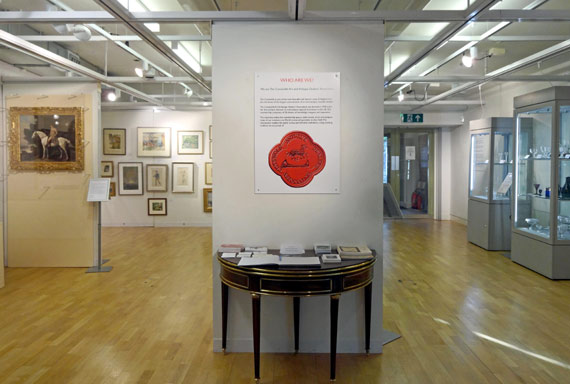
The small group exhibited have been chosen to represent most of the different processes employed by printmakers; each of which has a distinctive quality of line or tone only achievable in that particular technique.
Here are comparative examples, created between 1499 and 1980, of line engraving, etching, drypoint, aquatint, woodcut, wood engraving, lithography and monotype.
That some artists choose the ‘contradictory’ technique of monotype perhaps best illustrates that printmaking is not primarily about being able to multiply images but that the printed work of art has a special quality of its own, distinctive from that inherent in a drawing or painting.
Monotype is a printmaking technique which, in principle, only allows a single impression, destroying the ‘matrix’ in the very process of printing it.
The image having been created by manipulating the printing ink itself on a metal or glass plate, in printing is transferred to paper, thereby largely disappearing from the plate and surviving only as a unique printed impression.
In common with the other printmaking processes the act of printing the impression onto paper, ‘stamps’ the image with an added permanence and significance.
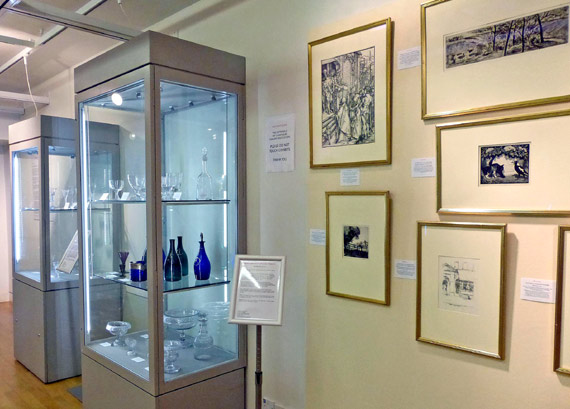
Return to the top ^
|
|
The
Exhibition
To
view the entire Exhibition, print-by-print,
click this link and
then follow the prints through the Gallery
by using the "next print >" and "< previous
print" navigation
buttons. Alternatively, you can select an individual
print from its thumbnail or title in the list
below.
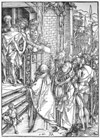 |
|
ALBRECHT DÜRER
Ecce Homo
Woodcut, c1498-1500 |
|
|
|
 |
|
GIOVANNI ANTONIO CANALE
Landscape with a Woman at a Well
Etching, c1745 |
|
|
|
 |
|
CAMILLE PISSARRO
Paysage en Long
Aquatint with Etching, 1879 |
|
|
|
 |
|
SUZANNE VALADON
Marie au Tub s’épongeant
Drypoint, 1908. |
|
|
|
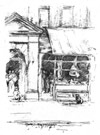 |
|
JAMES McNEILL WHISTLER
The Butcher’s Dog
Lithograph, 1896 |
|
|
|
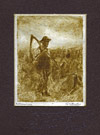 |
|
GEORGE EDMUND BUTLER
The Scyther
Monotype,
1911 |
|
|
|
|
|
|
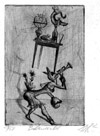 |
|
OTTO DIX
Balanceakt
Drypoint, c1922 |
|
|
|
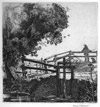 |
|
GRAHAM SUTHERLAND
The Sluice Gate
Etching, c1924 |
|
|
|
 |
|
LIONEL LINDSAY
The Demon
Wood Engraving, 1925 |
|
|
|
 |
|
STANLEY ANDERSON
The Wayfarer
Engraving, 1941 |
|
|
|
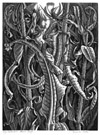 |
|
MONICA POOLE
Dry September
Wood engraving, 1980 |
|
|
|
|
|
|
 |
|
The Cotswold Art & Antique
Dealers’ Association
Elizabeth Harvey-Lee |
|
|
|
|